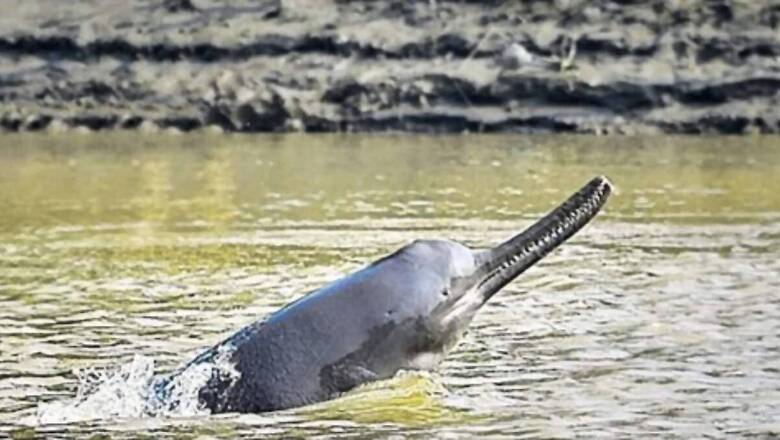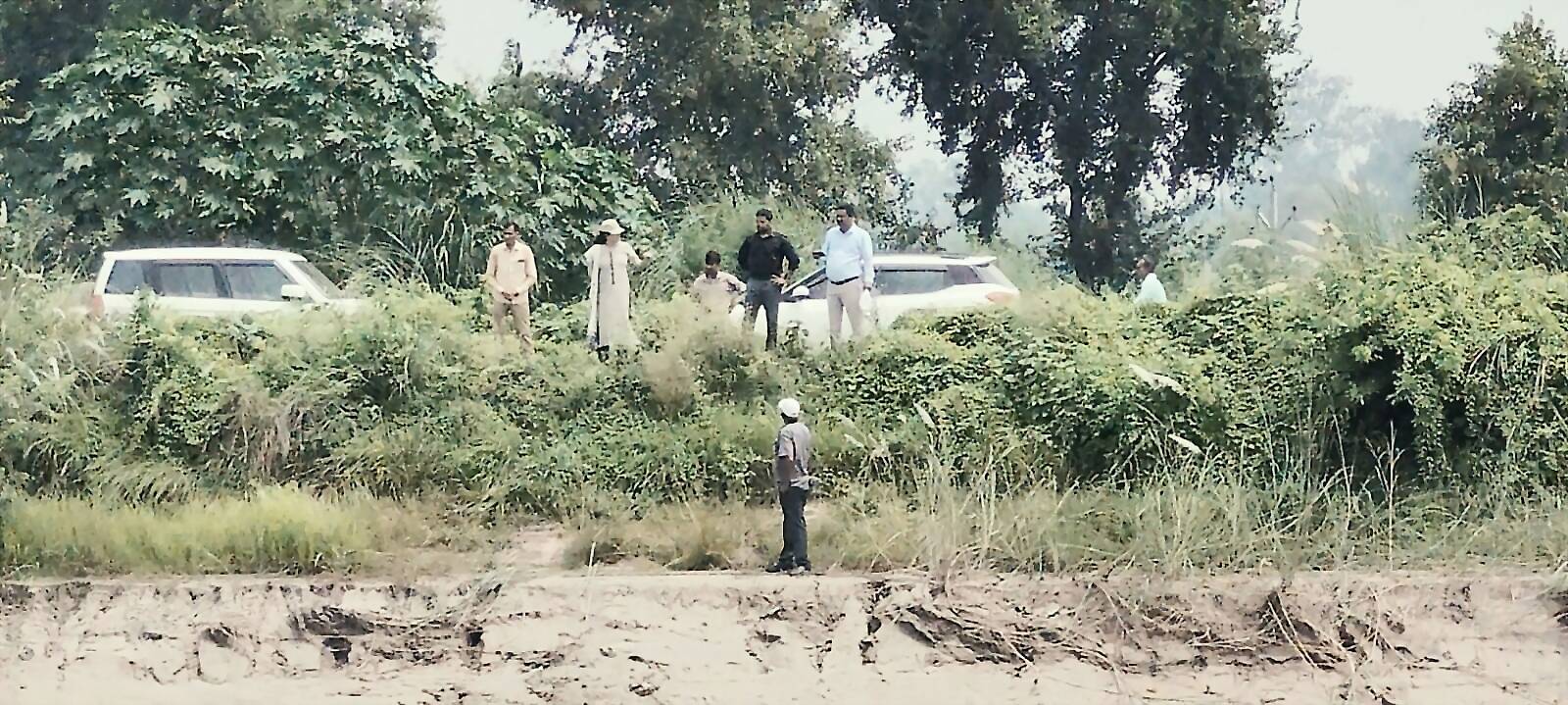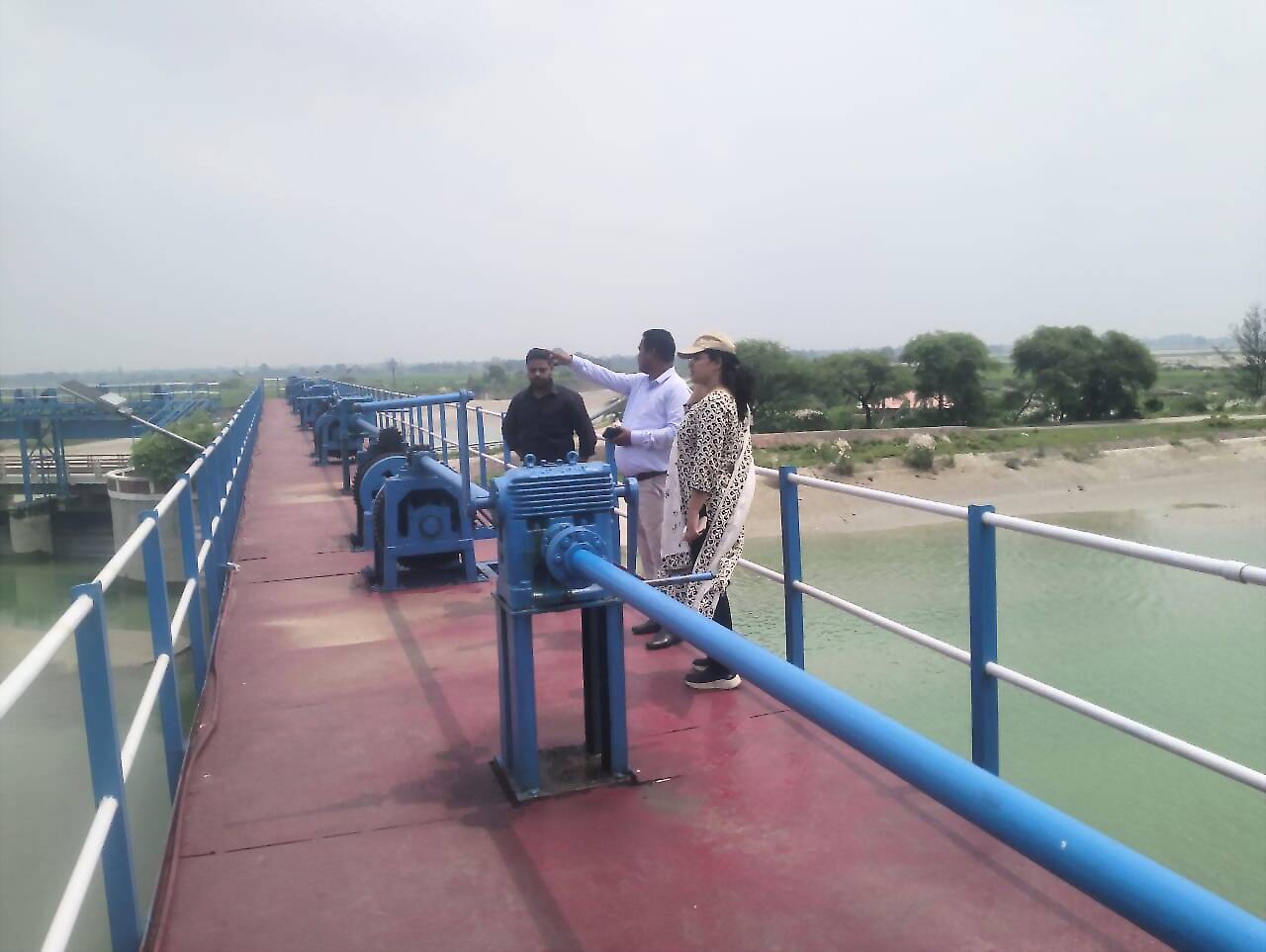
views
More than 300 foresters are engaged in the hunt for man-eating wolves in Bahraich’s Tehsil district and, around 140 kilometres away in Lucknow’s Mohanlalganj town, another rescue operation is underway as three teams of foresters are working tirelessly to save seven endangered Gangetic dolphins stranded in the receding waters of a canal.
According to forest department officials, the incident occurred a few days ago when a canal breach in neighbouring Sitapur district caused flooding in over 30 villages. “In response to the breach, the irrigation department reduced the canal’s water supply to minimise further damage,” Sitanshu Pandey, Divisional Forest Officer (DFO) Lucknow, told News18.
“However, this reduction in water flow left seven rare Gangetic dolphins stranded in the shallow waters,” Pandey added.
The forest department has since launched a special rescue operation to save the dolphins, deploying three teams of foresters to carefully execute the rescue. “On August 3, we got the information about dolphin sighting in Mohanlalganj. We immediately rushed to the spot and discovered that there were around seven Gangetic dolphins stranded in the canal,” said Pandey.

Officials from the forest department stated that the first priority was to ensure the immediate safety of the dolphins, which were struggling for oxygen in the shallow water. “We quickly contacted the irrigation department and they acted swiftly, releasing an adequate amount of water to raise the canal’s water level. This provided a suitable environment for the dolphins,” he added.
With the dolphins now stabilised, the focus shifted to planning the rescue operation. “After intense departmental discussions and consultations with experts, two options emerged,” Pandey explained. “The first was to physically rescue the dolphins and release them into another river. However, this carried an estimated mortality rate of around 30 per cent. The second option, which was deemed safer, involved maintaining a steady water supply in the canal and allowing the dolphins to swim back naturally to their main river. The mortality rate in this second option was minimal and hence, we opted for the second option,” added Pandey.
The forest department deployed its team at the site to monitor the dolphins and keep poachers at bay. “Besides, three of our teams are camping at the site to ensure safe passage to the dolphins and to keep a watch on the fluctuating water levels,” he added. He said the dolphins would naturally flow into the river Sharda which is around 250 km from Mohanlalganj.
Around 12 dolphins rescued in May 2024
This is not the first time that dolphins have been stranded in the shallow waters of the Sharda canal in UP. On May 26 this year, around a dozen dolphins, including their calves, were rescued and diverted back to the Ghaghara river.

In 2018, a seven-feet dolphin was rescued by a joint team of Turtle Survival Alliance (TSA) and forest department from Indira Canal after an hour-long operation but it was later declared dead by a team of veterinary doctors from Lucknow zoo.
National Aquatic Animal of India
The UP government, of late, has intensified its efforts to protect the endangered Gangetic dolphin by designating it as the state’s official aquatic species. Officials with the forest department said the dolphins are found primarily in the Ganga basin and are critically endangered. Approximately 1,600 of the estimated 2,000 Gangetic dolphins are found in UP’s rivers, including the Ganga, Gerua, Chambal, and Ghaghra.
“Gangetic dolphins are unique freshwater mammals first identified in 1801. Unlike fish, they do not lay eggs, and females give birth to one or two calves every three to four years, reflecting their low fertility rate. Besides, dolphins are also considered bio-indicators as their presence indicates clean river water; they cannot survive in polluted environments,” the officials added.
They said Gangetic Dolphins have been granted protected status under Schedule I of the Indian Wildlife Protection Act (1972) and listed as endangered by the International Union for Conservation of Nature (IUCN). Also, Gangetic Dolphins have been included in Appendix I of the Convention on International Trade in Endangered Species (CITES) and Appendix II of the Convention on Migratory Species (CMS), highlighting the critical need for their conservation.




















Comments
0 comment